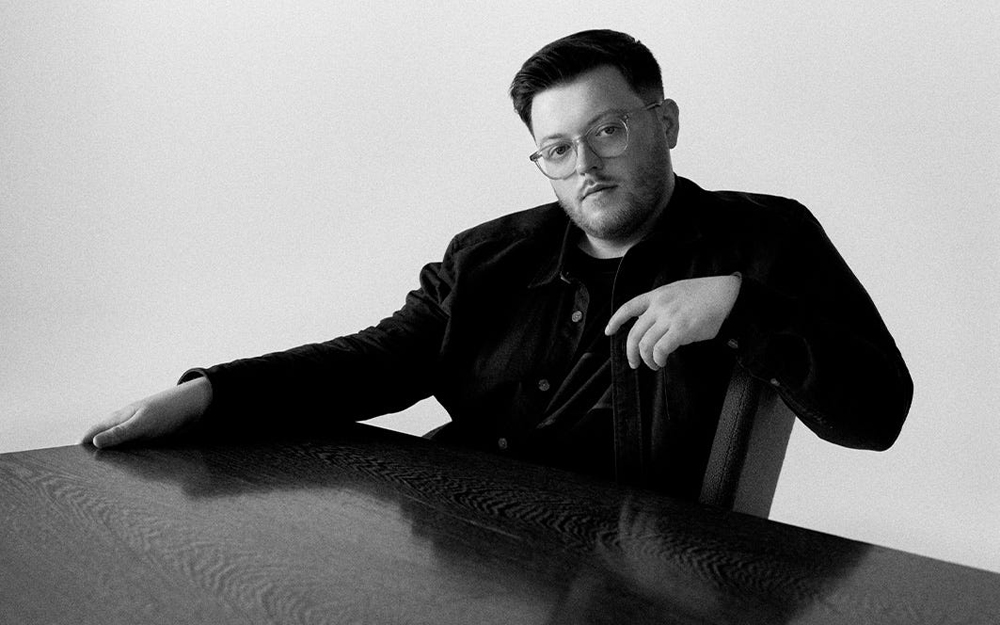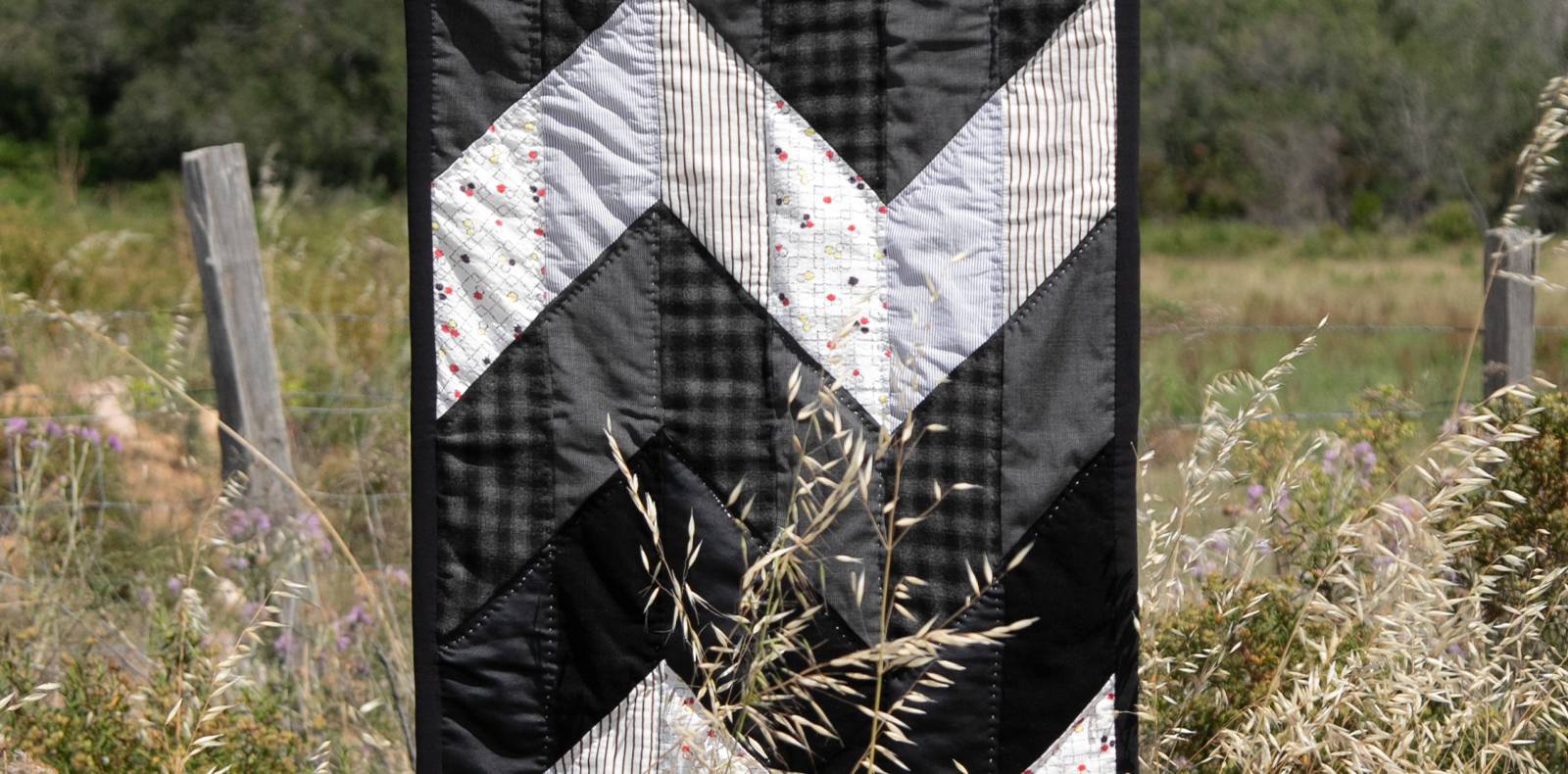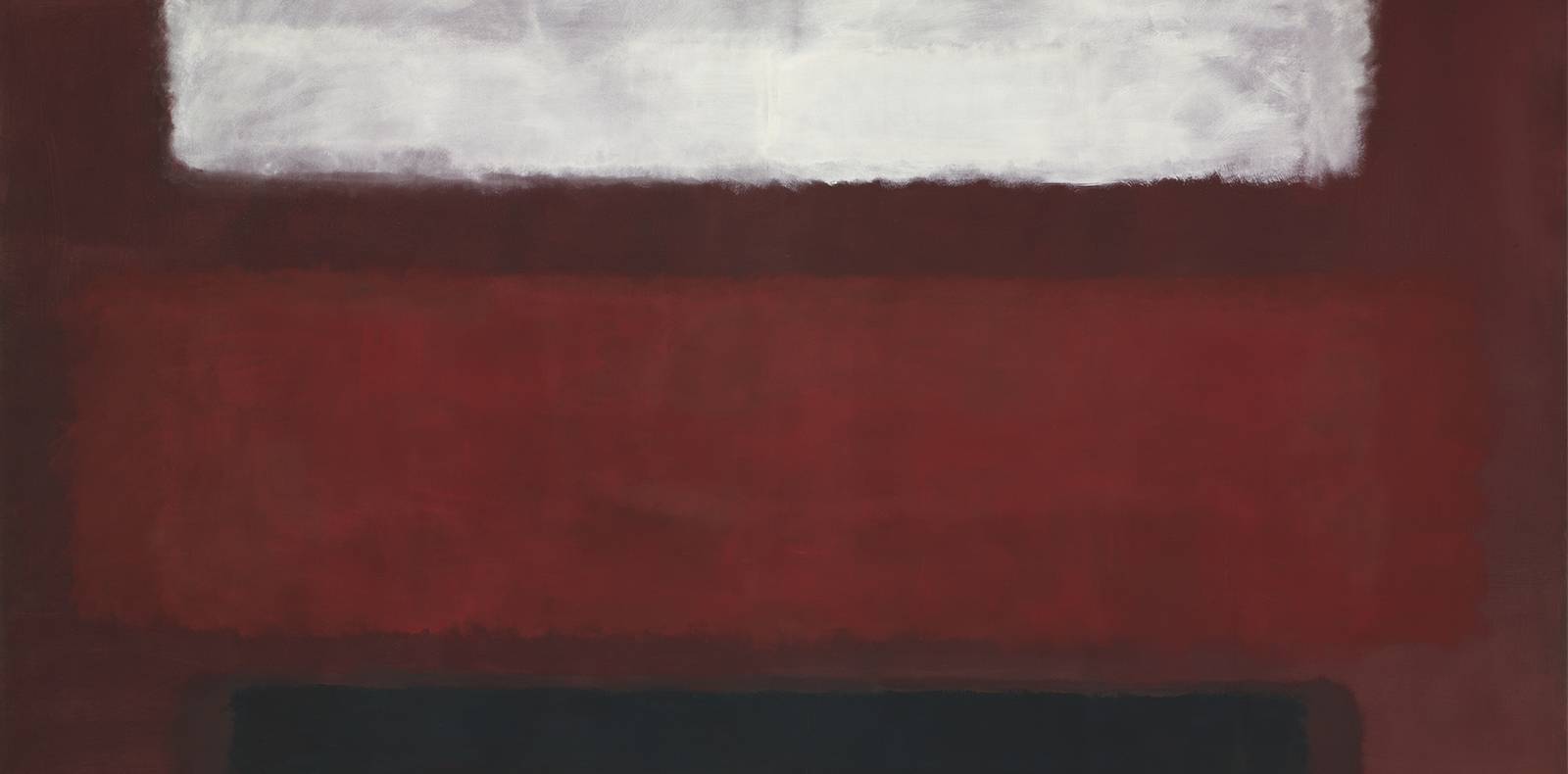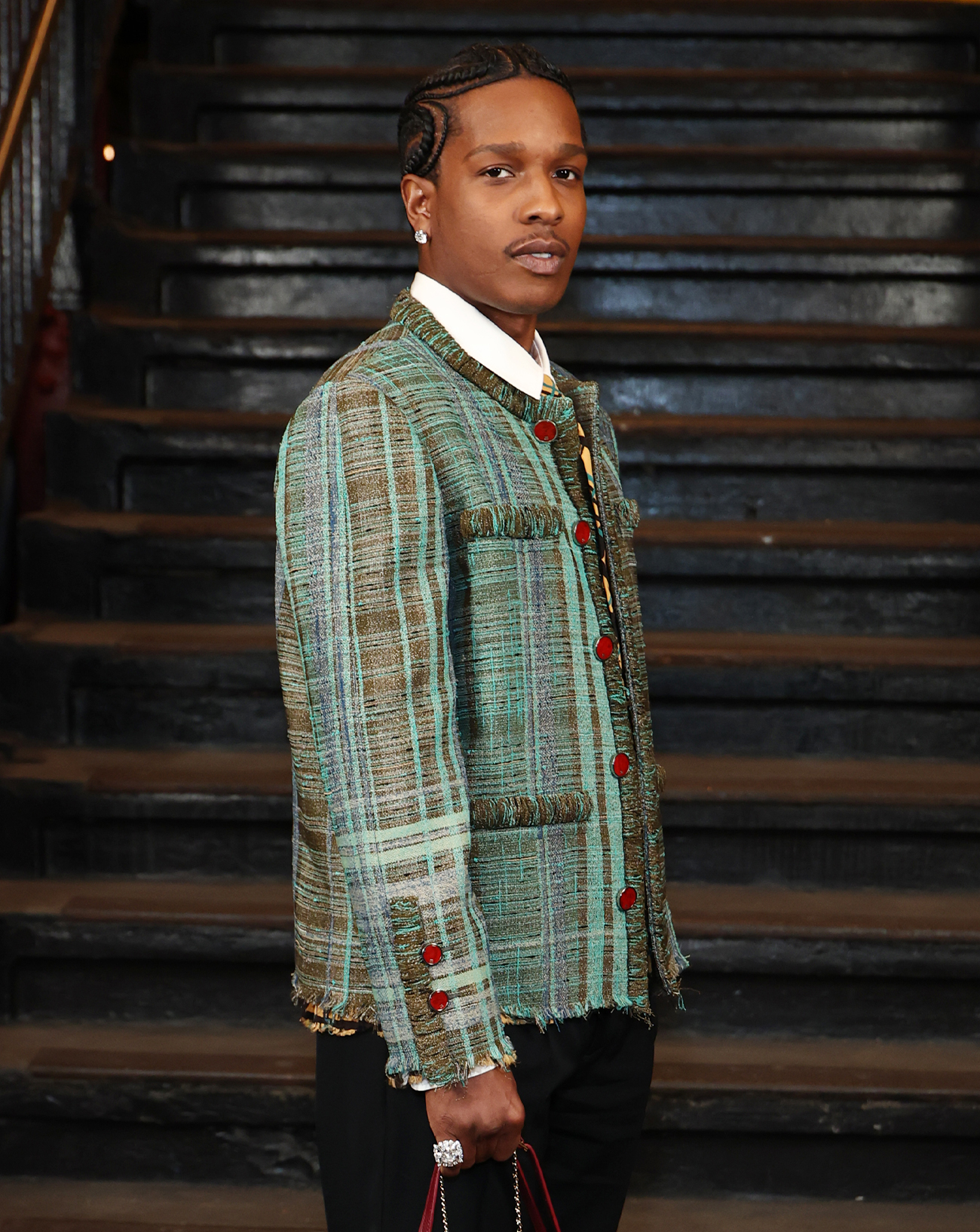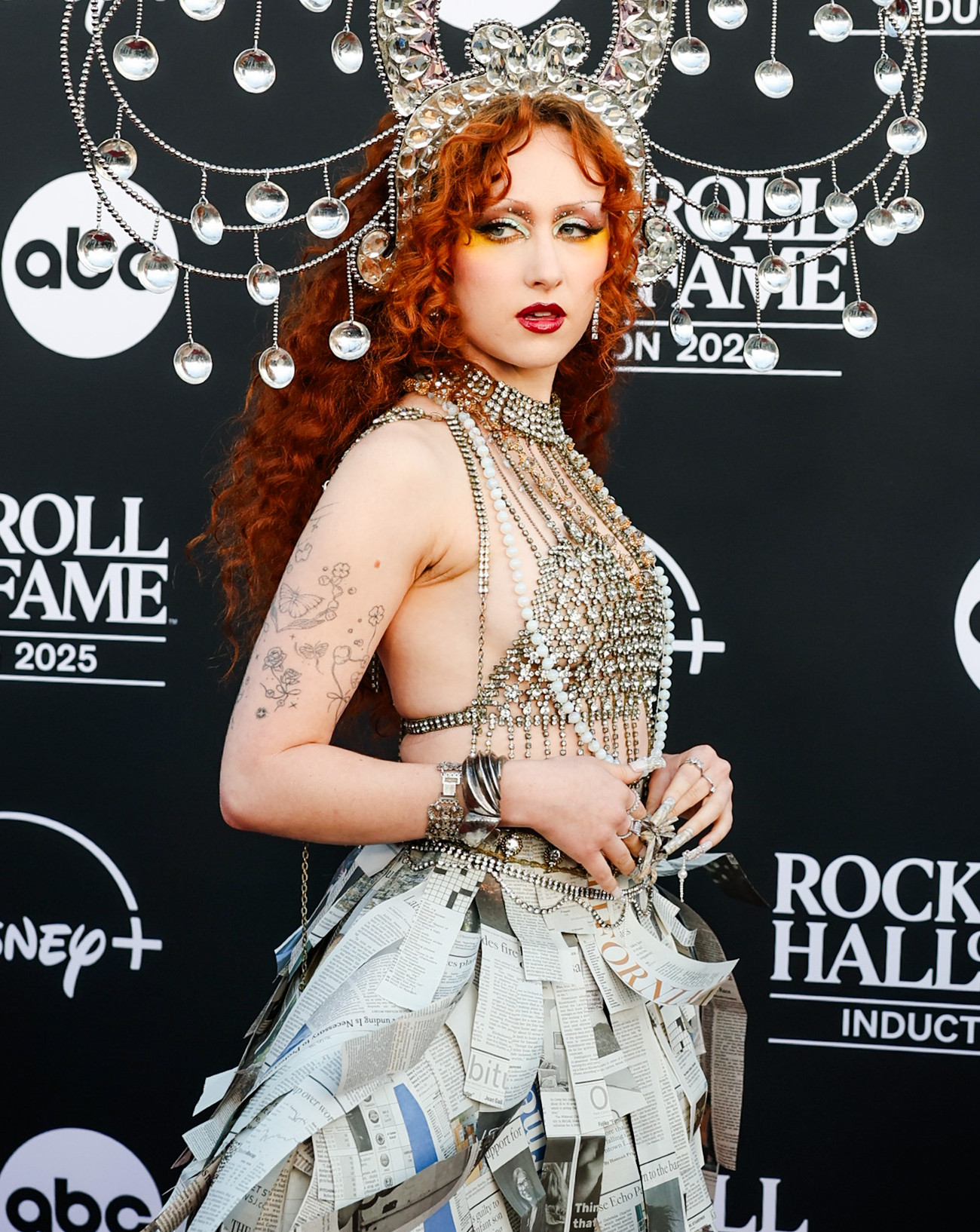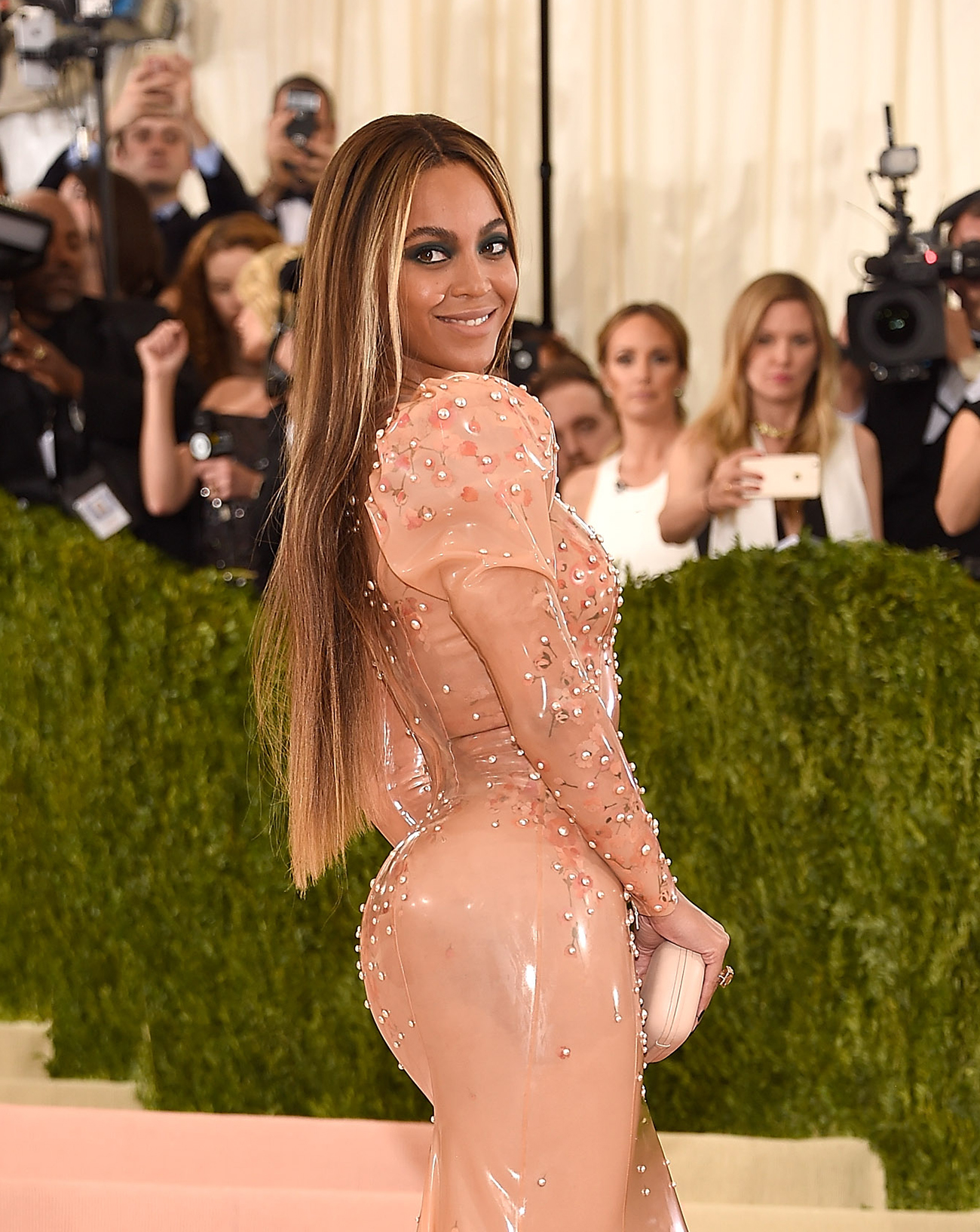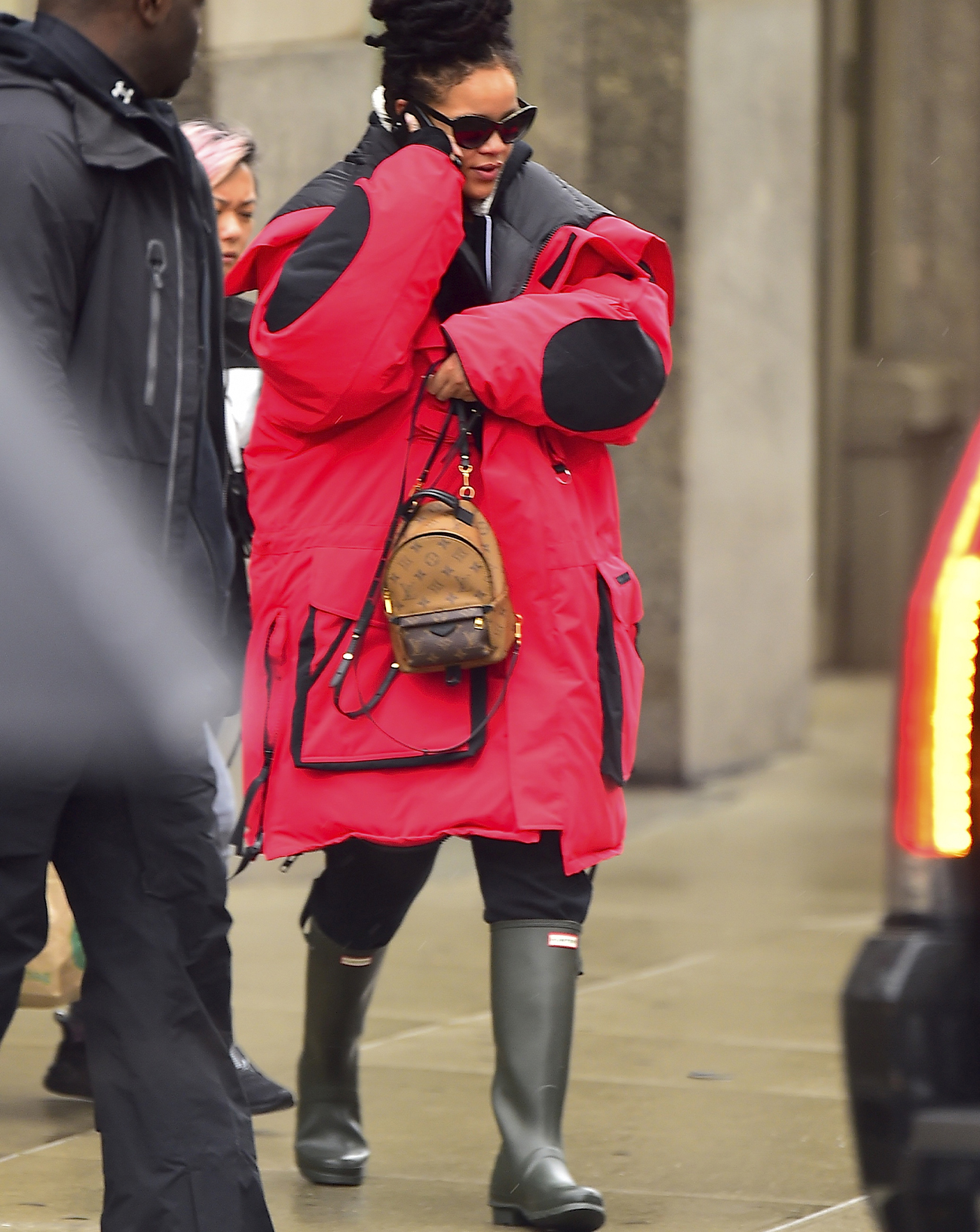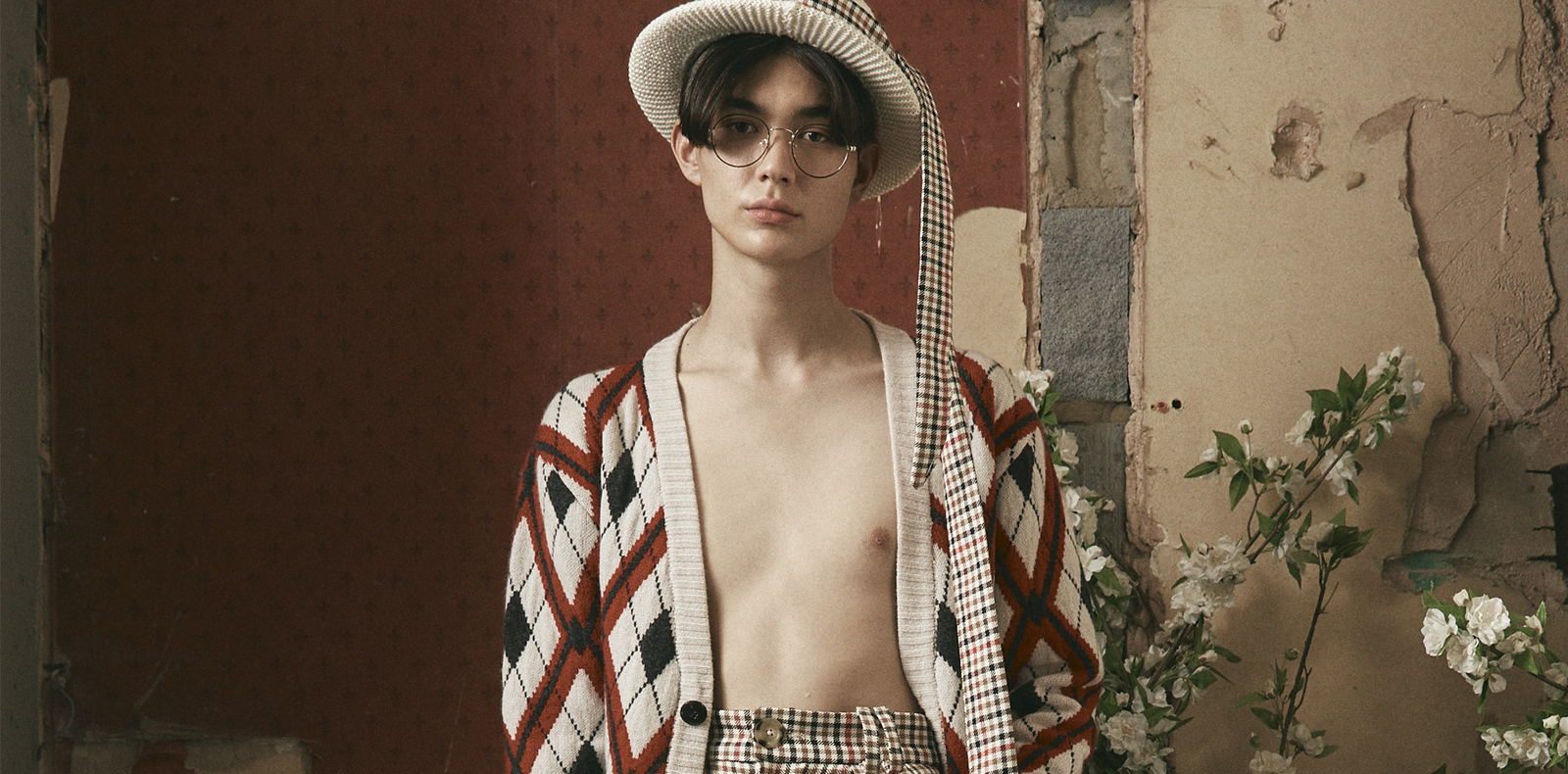
1

1
Interview with S.S.Daley, winner of the 2022 LVMH Prize
On Thursday June 2nd at the Louis Vuitton Foundation in Paris, the LVMH jury and special guest Cate Blanchett revealed the name of the new winner of the LVMH Prize for Young Fashion Designers : British designer Steven Stokey-Daley, for his menswear label S.S. Daley. Since his debut in 2020, he revisits the richness of the history of art, literature, and of his motherland’s suit tradition through the lens of the socio-cultural divisions still at work today, while bringing his own distinct queer humor. Numéro spoke with him only a few weeks ahead of his great reward.
Interview by Matthieu Jacquet.
Published on 1 June 2022. Updated on 20 June 2024.
The British heritage keeps inspiring fashion designers. Whether they draw their influences from Britain’s large history of suits and decorative arts, such as the Arts and Crafts movement during the mid-19th century, or from traditional crafts like tartan and quilted fabrics, this heritage offers a breeding ground for many native and resident designers, from Vivienne Westwood and Alexander McQueen to Charles Jeffrey and Stefan Cooke more recently. Steven Stokey-Daley follows that same path. Since the launch of his menswear label S.S. Daley in 2020, it didn’t take much time for the Merseyside-born creator, a county in Northwest England, to make an impact and land up as one the LVMH Prize for Young Designers’ finalists. Offering a “new British wardrobe” as he phrases it, he revisits the British Isles classics, such as the Irish knit sweater, the Jacquard pattern, the Prince of Wales check suit, or the striped one. Made from leftover stocks and sustainable materials, those elements spring as modern and bold cuts, with openwork sweaters, tight jumpsuits, paisley mini-shorts, fluid tops with puffed sleeves, or the well-known pair of large-darted pants decorated with blue flowers, which Harry Styles wore for the music video of his song Golden. Since then, the British pop phenomenon keeps playing with his gender fluidity, thus giving high visibility to the new label. He has recently worn his brown cardigan ornamented with two knitted yellow ducks – S.S. Daley’s signature – which embodies the humor of a young literature and history lover who sees the fashion industry as a “giant play”. Indeed, through his collections, Steven Stokey-Daley gently teases the socio-cultural divisions between the upper class and the working and rural ones, adding a delicate but subversive touch of queerness.
Numéro : You grew up in Merseyside, near Liverpool, in a working class environment. How did you first take an interest in fashion, and later considered becoming a fashion designer?
Steven Stokey-Daley : It’s interesting, because I never really took a huge interest in fashion at all – it didn’t really exist where I was for the earlier part of my life. My grandmother worked in a garment factory locally when she was very young, and she has always been the fellow creative thinker in the family – I think that connection probably lives through my work today and is the reason I do this now.
You worked with the menswear teams at Alexander McQueen and Tom Ford. What did these two experiences teach you?
They both taught me wildly different things. Tom Ford is theatre, it’s high octane glamour; fast pace, but highly rewarding. McQueen was different, it was a well oiled machine, I’d say I became a well rounded designer from Tom Ford, and learned how to hone in on one skill set at a time and perfect it at McQueen.
You graduated from the Westminster Fashion Design BA in 2020. What motivated you to launch your own label almost immediately after?
We were faced with career uncertainty, I didn’t want to sit around doing nothing, so I just carried on as though Uni never finished, working to my own deadlines and marketing it via instagram like the rest of the world. I’m a super restless person, I can’t sit still. So this universal stillness, after the chaos of our final university months, made me uneasy.
You indeed launched your label in the midst of a very difficult time, with the pandemic hitting all over the world and most countries going into lockdown. How did you go through this experience as an emerging fashion designer?
It was like being thrown into the deepest, widest ocean while learning how to swim. It was really very difficult at times to know what to do next, or how to orchestrate certain things I had never done before. I don’t think it was the the lockdown that pushed me to actually do it though. For that I am grateful.
“Launching my own label was like being thrown into the deepest, widest ocean while learning how to swim.”
Previously, though, you considered studying literature at some point, and still seem very interested in it. Today, you are also not afraid to reference some novels and authors directly while speaking about your collections. Why do literature, novels, poems inspire you so much?
I think literature and poetry captures romance in a unique light. The relationship we have with reading is personal and almost private: between yourself and the words you can conjure such vivid emotional responses and I suppose I try to convey aspects of that feeling via the clothing, the shows and the brand world.
You also are very invested into menswear history, especially on the way men who did not fit traditional views of masculinity used to dress themselves over centuries. Where does that more theoretical and academic interest come from, and how is it reflected in your collections?
Well, the laser focus into the components that make up menswear was for sure encouraged by my time at Tom Ford. They really unpack what it means to define ‘menswear’ in a way you wouldn’t expect. I enjoy furthering that investigation by undoing it, rewriting it. I have always liked the idea of approaching design, which is practical by nature, through theory. I think that’s the sweet spot in achieving a kind of nuanced subversion.
Recently, we have heard a lot about “queering the archive”, and “queering the present”. How would you say your collections embody this queer spirit, be it technically, visually, in terms of inspirations, shapes or silhouettes?
I originally referenced queer focussed narrative like the series Brideshead Revisited [1981 TV adaptation 1981 of the eponymous novel by Evelyn Waugh] or the movie Maurice [directed by James Ivory and released in 1987, which main plot is also a gay and taboo romance between two men during the late 19th century]. There is something queercentric in the conception of each collection. I think ‘queering the norm’ can be through silhouette, fabrication or even down to the finer detail. It’s that step away from convention, which feels absolutely at the core of the brand.
“I have always liked the idea of approaching design, which is practical by nature, through theory. I think that’s the sweet spot in achieving a kind of nuanced subversion.”
There’s still something very British about your creations themselves, using traditional cuts, knits and patterns that have made British fashion so instantly recognizable…
S.S.Daley’s identity keeps evolving, but I indeed always aim to redefine antiquated ideas of British heritage. I think the appeal is that I’m reinterpreting these standard, stale ideas of ‘Britishness’ and bringing a new energy to them; an energy that steps away from the negative connotations of heritage fashion.
In September 2021, you become part of the London Fashion Week official calendar and showcase your first standalone presentation featuring actors from the National Youth Theatre, where you were yourself an actor in Liverpool as a teenager. How important was this experience for you, to the point of becoming the main inspiration for this Fashion Week debut?
I was a part of the National Young Theatre for years and it opened me up to many things like going to London for the first time, living alone and meeting totally like-minded individuals. It was an experience I’ll never take for granted. Actually, I think a lot of who I am today comes from that.
Do you see the fashion industry as a big theatre?
Indeed, this industry is theatre. It’s the best and worst satire: the most enthralling tragedy and the most charming drama. I do feel as though it’s an industry full of caricatures, which makes it such an exciting place to be .
Your collections use donated, deadstock and end of roll fabrics. How do you manage to produce your pieces with this limited and variable amount of material?
We offer limited or exclusive runs of different garments in different deadstock fabrications. It allows us to sell something different to everyone, whilst keeping S.S.Daley’s “offering uniform”, like our core identity if that makes sense? It’s also way more fun to work this way.
“The fashion industry is equally the best and worst satire: the most enthralling tragedy and the most charming drama.”
“S.S Daley, is about ‘those parts of us that were never celebrated at school’”, you once said in an interview. Do you think your creations and your brand have since helped you to celebrate the person you are today?
One million percent, yes! It’s such a multifaceted industry. It allows for me to deep dive into so many factors of the creative industries. I do feel more authentically myself via my work : it’s a kind of therapy.
Two years after launching your label, how do you feel about being part of the 8 finalists for the 2022 LVMH Prize?
It’s an honour to be side by side with all these incredible creative minds. To be a finalist alone is thrilling.






